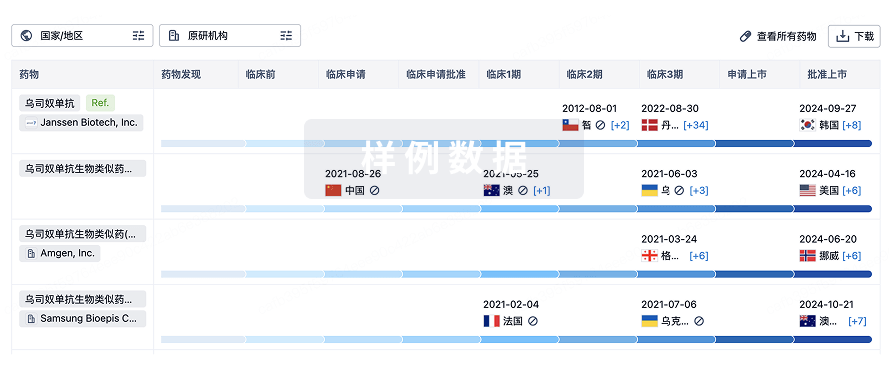Refining dose projections requires a deep understanding of drug‐target relationships at the site of action, which is often challenging to achieve. Here we present a case study of how one can refine dose projections for a TIGIT‐targeted immunotherapy by leveraging information from the well‐studied PD‐1 pathway since the co‐expression of PD‐1 and TIGIT on immune cells provides a unique opportunity to extrapolate data from one target to inform the dosing strategy for the other. We develop a fit‐for‐purpose mathematical model that captures the experimentally observed relationship between the concentration of a mouse PD‐1 antagonist in the plasma and PD‐1 target engagement within the tumor microenvironment (TME). We then assess the applicability of this PD‐1 model to elucidate the relationship between drug concentration and target engagement for tiragolumab, an anti‐TIGIT antibody, across various doses. This analysis aims to refine our understanding of the dose–response relationship for targeting TIGIT, a critical step in optimizing therapeutic efficacy, without conducting additional experiments. The approach is then extended to project efficacious doses for M6223, another anti‐TIGIT antibody, using the established PD‐1 model, by leveraging the M6223 clinical PK and PD data, as well as virtual population analysis. This work provides a case study of a possible framework for refining dose projections via quantitative estimation of drug‐target relationship at the site of action by leveraging established drug‐target relationships. Through extrapolating information from a well‐characterized pathway, we offer a method to inform dose optimization strategies with limited data using model‐informed drug development.







